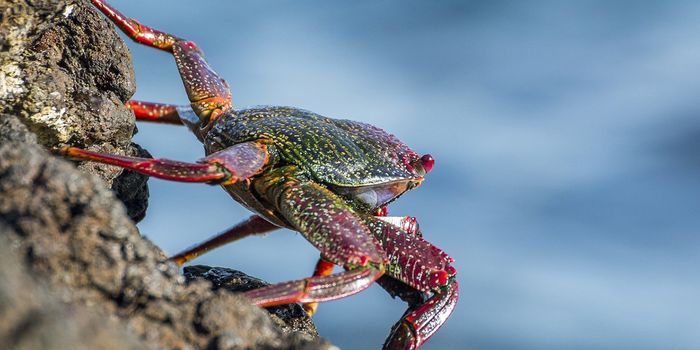Do Humans Have a Long-lost Relative?
It seems that a new species of ancient human has been discovered. The tiny hominin hails from the Philippine island of Luzon, where it is thought to have lived around 50,000 or 67,000 years ago. It was identified using seven teeth and six little bones, which have both ancient and advanced characteristics.
This finding, reported in Nature, is the third time in fifteen years that ancient human activity has been revealed in the Philippines. It challenges the idea that the evolution of humans occurred as a tidy progression and suggests that ‘mosaic’ evolution was more common than assumed.
Contacted for comment by National Geographic, María Martinón-Torres, the director of Spain's National Research Center on Human Evolution added that the mixed dental features of the specimen bear a resemblance to hominin remains from China, thought to date from 15,000 years ago. As the Pleistocene epoch was ending, Asian hominins carried a surprising amount of diversity. “I agree with [the] authors that the combination of features is like nothing we have seen before,” said Martinón-Torres.
Sources: Nature, National Geographic








